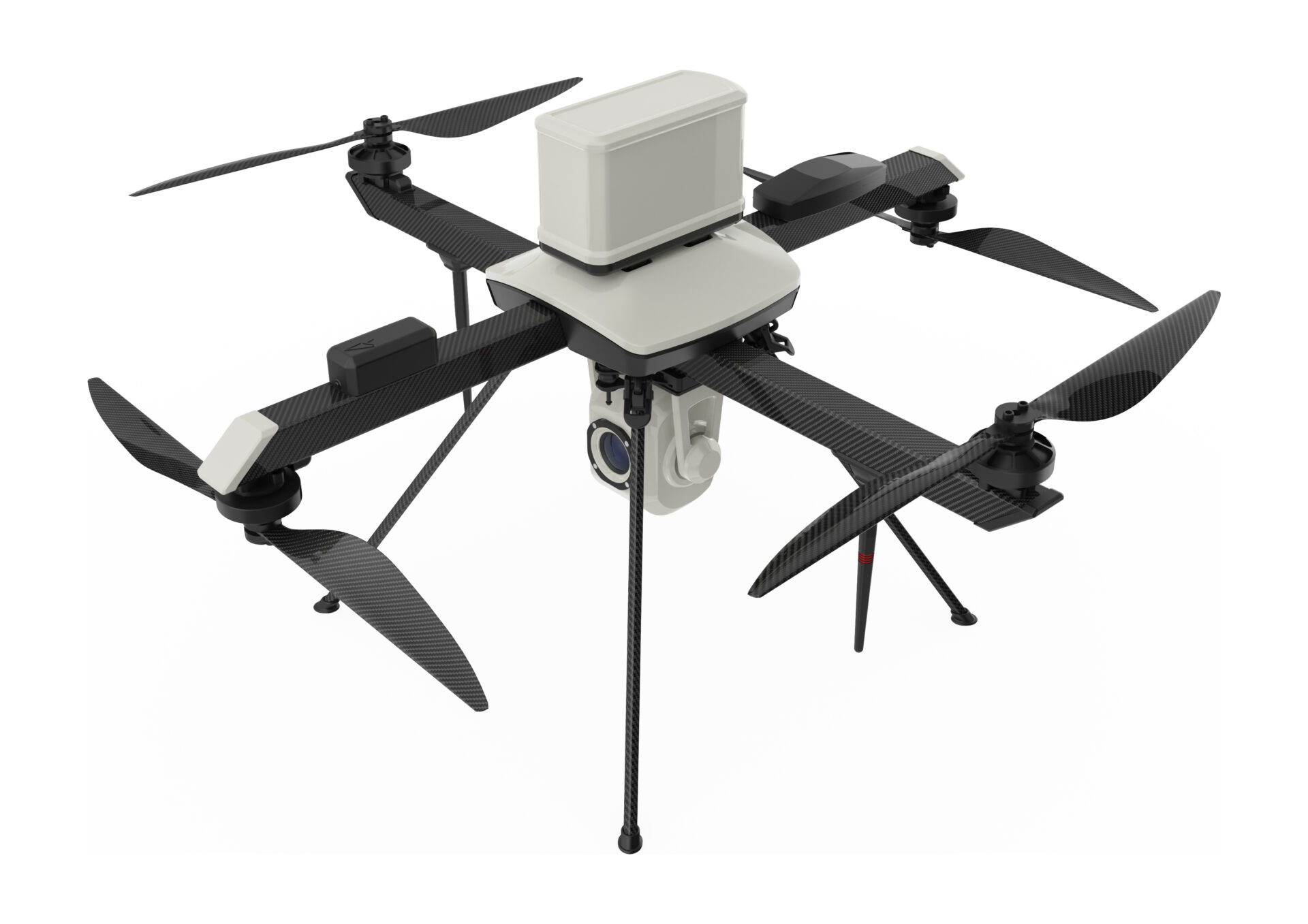Hyderabad, India – Panic gave way to relief this past week at the International Crops Research Institute for the Semi-Arid Tropics (ICRISAT) campus near Hyderabad, thanks to a swift and sophisticated operation involving drone technology. A leopard, spotted roaming the sprawling 100+ acre research facility, was safely located and captured with the crucial support of ideaForge Technology Limited’s unmanned aerial vehicles (UAVs), working in close coordination with the Telangana Forest Department.
The situation unfolded when ICRISAT’s security team, headed by Major Divya Praneeth, noticed unusual animal movement on campus grounds. Recognizing the potential risk to both campus residents and the animal, they quickly requested specialized surveillance assistance from ideaForge, a leader in drone technology.
ideaForge rapidly deployed its Q4i and Q6v2 UAVs. These aren’t just standard camera drones; they were equipped with advanced thermal payloads capable of detecting heat signatures, essential for tracking an animal potentially hidden in dense foliage, especially during varying times of the day or night. On the first day of deployment, the drones successfully identified the leopard’s general areas of movement. The real breakthrough came on the second day when aerial surveillance pinpointed the animal’s specific resting location.
This critical, real-time data was immediately shared with the Telangana Forest Department. Empowered with precise location information, forest officials were able to move in swiftly and strategically. They successfully captured the leopard safely, avoiding harm to the animal or personnel. The captured leopard, a healthy male estimated to be 5-6 years old, was transported to the Nehru Zoological Park in Hyderabad for a medical examination before being released into the Amrabad Tiger Reserve. Forest officials are reportedly still monitoring the campus as there was a suspicion of a second leopard being present.
This incident marks a significant moment for ICRISAT, being the first time the institution has leveraged UAVs for campus surveillance. The success of this operation has underscored the value of this technology for wildlife management in their extensive land holdings. Given the frequent sightings of various wildlife, including rabbits, wild boars, and peacocks, due to the campus’s natural surroundings, ICRISAT is now moving forward with plans to procure a Q4i UAV to bolster its ongoing safety and wildlife management efforts.
The successful leopard capture at ICRISAT is a compelling local example of how drone technology is becoming an indispensable tool in environmental and safety operations. This isn’t an isolated case for ideaForge. Their UAVs have proven their capability in larger-scale environmental challenges, such as the recent Uttarakhand forest fires. In that scenario, ideaForge’s Smart Forest Solution used drones to monitor fire-prone regions, identify hotspots, and provide crucial real-time intelligence to firefighting teams, directly aiding in tracking the fire’s spread and mitigating environmental damage.
The events at ICRISAT demonstrate a practical and effective application of advanced technology in navigating the complex interface between human activity and wildlife, ensuring safety for both.



















